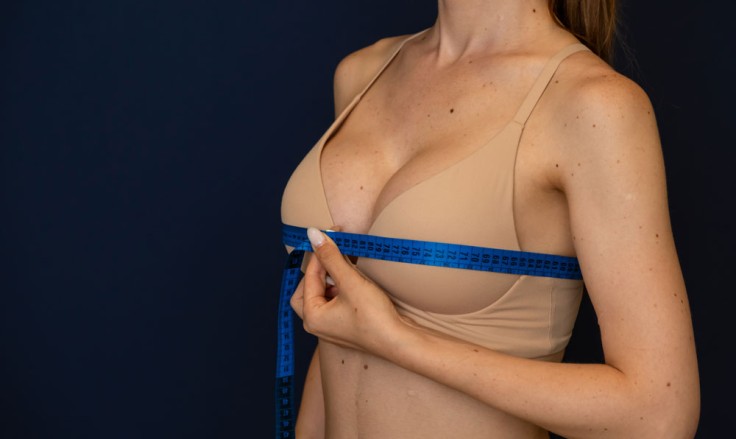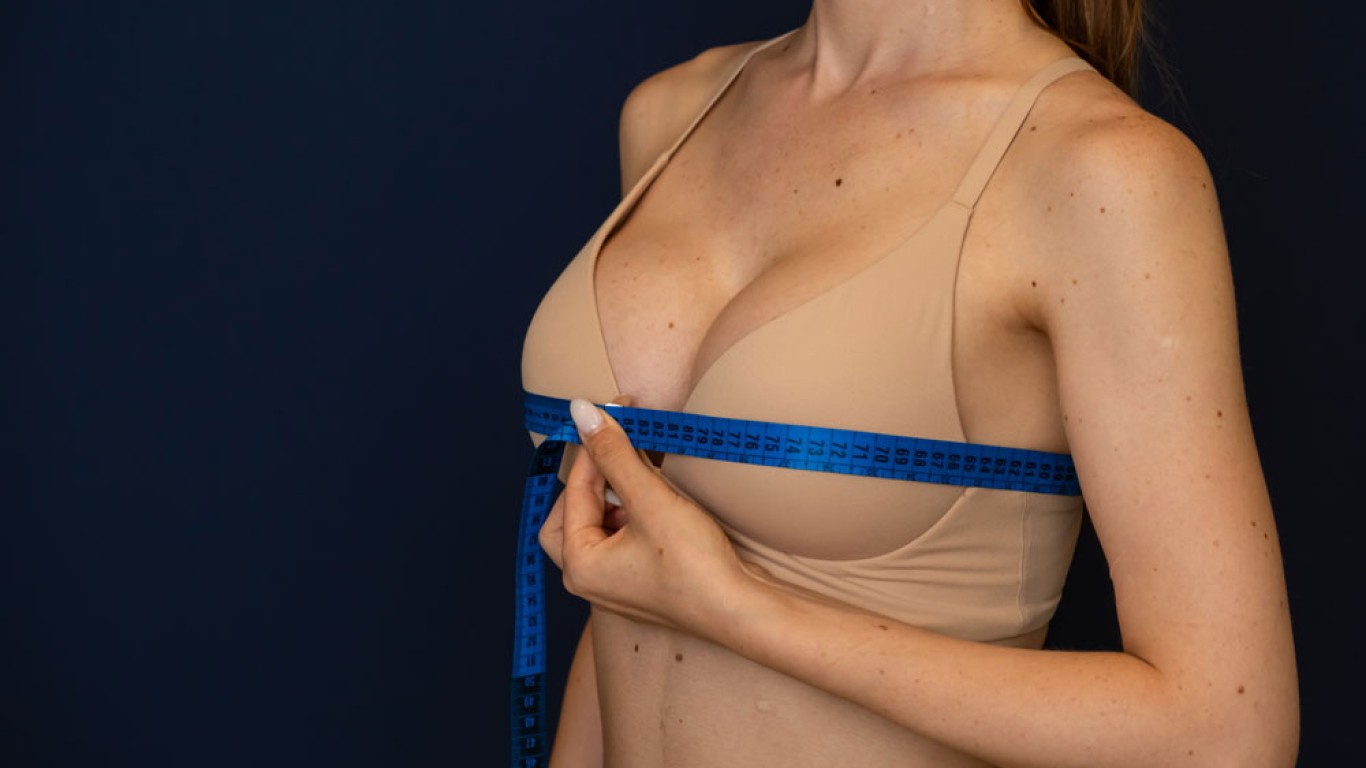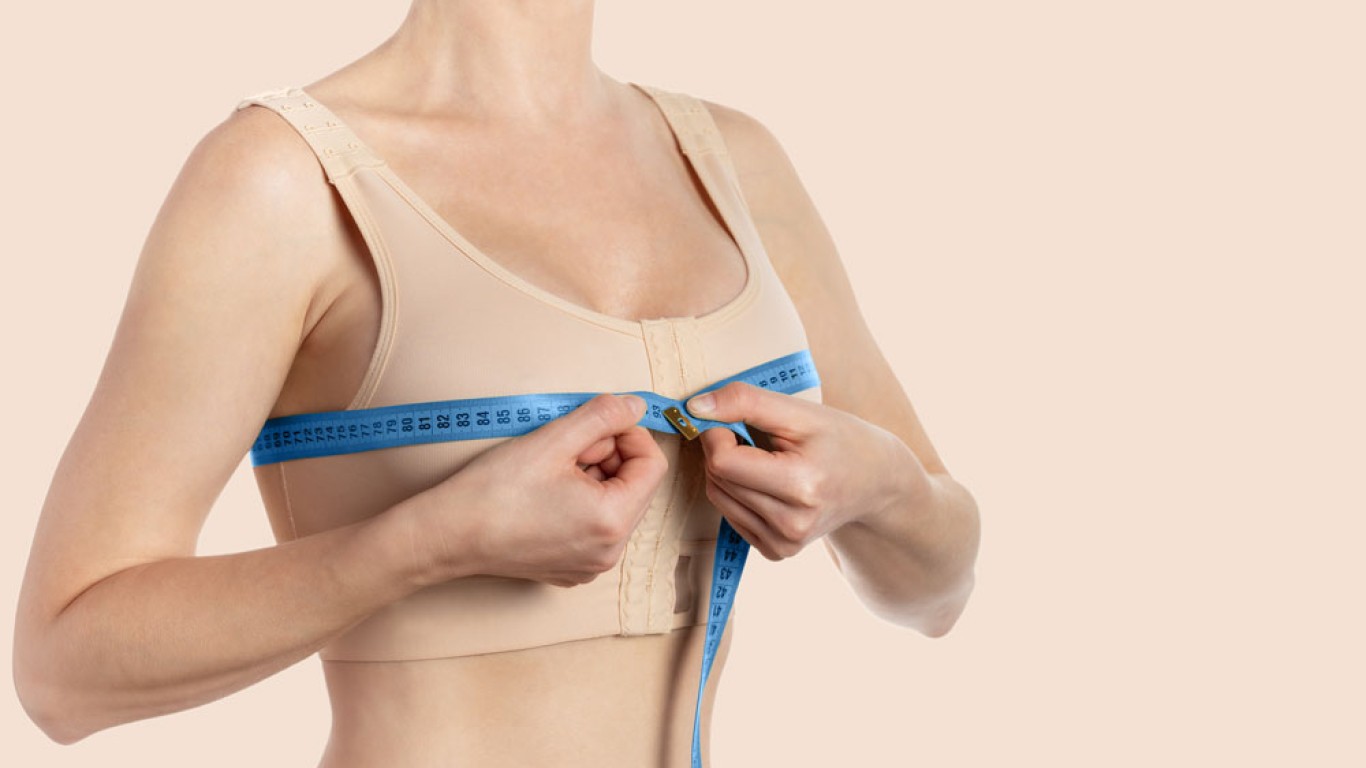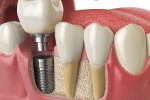Introduction
Mastopexy is more commonly known as a breast lift. It is a surgical procedure that raises and reshapes the breasts. It is ideal for women experiencing sagging due to age, pregnancy, weight changes or genetics. Mastopexy removes excess skin and tightens the surrounding tissue to support a new, uplifted shape. Importantly, mastopexy does not significantly change the size of the breast unless paired with implants or reduction. It focuses on contour and elevation. In many cases, the nipples are also repositioned to a more youthful height. If the areola has stretched, it can be reduced during the procedure.
1. Who Would Benefit From Mastopexy?
Mastopexy is often sought by women who are physically healthy. They typically maintain a stable weight and do not plan to become pregnant again. Although pregnancy after a breast lift is possible, it may affect results. Many women prefer to wait until they have completed their family before undergoing this surgery.
2. How Do I Know If I’m a Good Candidate for Mastopexy?
Determining whether you are a good candidate for mastopexy begins with a detailed evaluation. Generally, women who are unhappy with the shape or sagging of their breasts may benefit. The most common signs include:
- Nipples that fall below the breast crease
- Breasts that appear flat or elongated
- Downward-pointing nipples
- Stretched skin and enlarged areolas
Ideal candidates are non-smokers and free of serious medical conditions. Additionally, good skin elasticity can help maintain results long-term. A balanced lifestyle, stable weight and realistic expectations are crucial.
If you are considering this procedure, it is helpful to take the “pencil test.” Place a pencil in the crease under your breast. If it stays in place without falling, sagging may be present. This quick test is not diagnostic, but it may indicate the need for evaluation.
3. What Happens During the Mastopexy Consultation?
The consultation is an essential step in your mastopexy journey. It is an opportunity to share your aesthetic goals and ask key questions. Your surgeon will examine your breasts’ size, shape and skin quality. Nipple position and areola size are also evaluated. Photos may be taken for your medical file and to plan your surgical technique. You will discuss different mastopexy approaches, such as crescent lift, vertical lift or anchor lift. These vary in complexity and scar pattern. It will depend on your breast shape and how much lift is required.
Additionally, your surgeon will go over anaesthesia, recovery, and timelines. If volume enhancement is also desired, breast implants can be discussed. The consultation provides space to address your concerns and build trust with your surgeon. Medical history will be reviewed. You should disclose previous surgeries, allergies and medications. This helps prevent complications and ensures optimal outcomes. You’ll also receive instructions for preparing before surgery. This may include stopping certain supplements or quitting smoking.
4. What is the Recovery Process Like?
Recovery from mastopexy is gradual, and the body needs time to heal properly. Immediately after surgery, your breasts will be bandaged. A compression garment or surgical bra will be applied. This garment supports healing and helps reduce swelling. Most patients experience some bruising, tenderness and swelling during the first week. Your surgeon may prescribe pain relief medication and antibiotics. It’s important to avoid sleeping on your stomach or side during this period. Sleeping upright or on your back is ideal.
Within a week or two, many patients can resume light activities and return to work. Heavy lifting or vigorous exercise should be avoided for at least four to six weeks. Walking can usually begin earlier to encourage circulation. Follow-up appointments will monitor your healing. Your surgeon may remove stitches or provide additional care advice. Over time, the swelling decreases and scars fade. While some swelling may persist for months, the overall shape improvement becomes noticeable early.
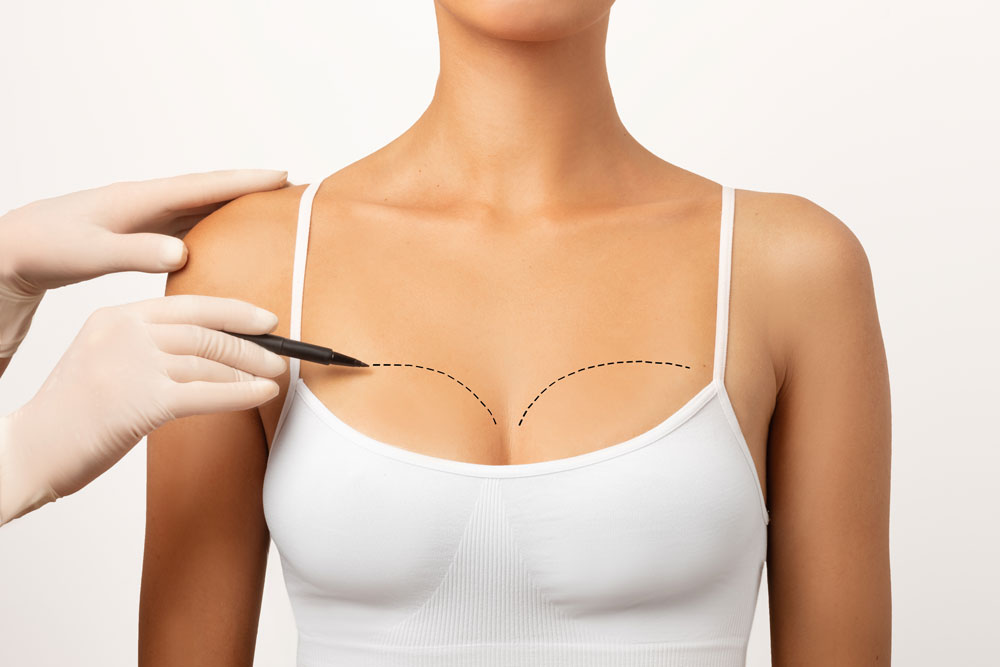
5. Will My Results Last and Can I Combine Mastopexy with Other Procedures?
Results from mastopexy are long-lasting, especially when supported by a healthy lifestyle. However, no surgical lift can completely stop the effects of ageing or gravity. With time, some minor sagging may reappear, but the overall breast contour will remain improved. If you maintain a steady weight and care for your skin, your results will endure. Wearing a supportive bra, especially during exercise, is essential. Pregnancy and significant weight changes can compromise results, so timing your surgery appropriately matters.
Many patients ask whether mastopexy can be performed alongside other procedures. The answer is yes, and this is quite common. Breast lifts are frequently combined with breast augmentation to restore volume and perkiness. This is particularly beneficial for women who’ve lost fullness due to breastfeeding or weight loss. Mastopexy is often part of a “mommy makeover,” including either a tummy tuck or liposuction. Combining procedures can reduce overall downtime and yield comprehensive results. However, it also requires more extensive planning and recovery.
What Other Questions Should I Be Asking?
In addition to the top five, several other questions often arise. Many patients ask whether their nipples will retain sensation after surgery. In most cases, sensation returns over time, but temporary numbness is common. Another concern is scarring. While scars are unavoidable, they fade significantly over the months. Your surgeon will place incisions strategically, and scar care products may be recommended.
Cost is also an important consideration. Prices vary based on the clinic, surgeon and any additional procedures. During your consultation, you will receive a clear breakdown of fees and what’s included. Finally, many women ask when they can wear underwire bras again. It’s usually recommended to avoid underwire for at least six weeks post-surgery. This is because it can interfere with healing. A soft, supportive bra is best during recovery.
Conclusion
Mastopexy is a transformative option for restoring youthful breast shape and contour. By lifting sagging tissue, repositioning the nipple and tightening skin, it offers natural-looking results tailored to your body. Understanding your options, recovery, and what questions to ask empowers you to make informed decisions. With the right planning and support, you can enjoy long-term results and renewed confidence.
For more information and to book a consultation visit the ACIBADEM Beauty Center Breast Augmentation page.
Frequently Asked Questions
The procedure usually lasts between two and three hours, depending on complexity and combinations.
The surgery lifts and reshapes but does not increase volume unless paired with augmentation.
While long-lasting, results may be affected by ageing, gravity or future pregnancies.
Gentle walking is allowed early on, but intense activity must wait four to six weeks.
Initial changes are visible immediately, but full results appear after swelling subsides over several months.
